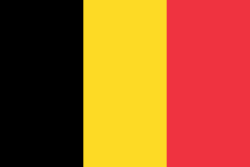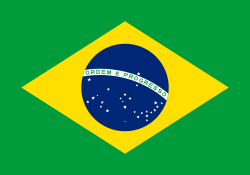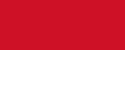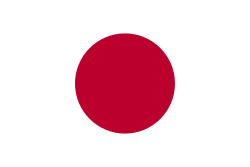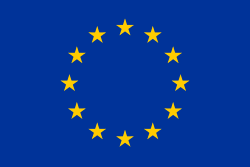Belgiens Grand Prix 1997
 | |
| Datum | 24 augusti 1997 |
|---|---|
| Bana | Circuit de Spa-Francorchamps |
| Sträcka | 44 × 6,968 = 306,592 km |
| Vinnare | Michael Schumacher, Ferrari |
| Pole position | Jacques Villeneuve, Williams-Renault |
| Snabbaste varv | Jacques Villeneuve, Williams-Renault, 1:52,692 |
| Övrigt | Regn |
Belgiens Grand Prix 1997 var det tolfte av 17 lopp ingående i formel 1-VM 1997.
Resultat
- Michael Schumacher, Ferrari, 10 poäng
- Giancarlo Fisichella, Jordan-Peugeot, 6
- Heinz-Harald Frentzen, Williams-Renault, 4
- Johnny Herbert, Sauber-Petronas, 3
- Jacques Villeneuve, Williams-Renault, 2
- Gerhard Berger, Benetton-Renault, 1
- Pedro Diniz, Arrows-Yamaha
- Jean Alesi, Benetton-Renault
- Gianni Morbidelli, Sauber-Petronas
- Eddie Irvine, Ferrari
- Mika Salo, Tyrrell-Ford
- Jan Magnussen, Stewart-Ford
- Damon Hill, Arrows-Yamaha
- Ukyo Katayama, Minardi-Hart
- Jarno Trulli, Prost-Mugen Honda
Förare som bröt loppet
- Jos Verstappen, Tyrrell-Ford (varv 25, snurrade av)
- Ralf Schumacher, Jordan-Peugeot (21, snurrade av)
- David Coulthard, McLaren-Mercedes (19, snurrade av)
- Tarso Marques, Minardi-Hart (18, snurrade av)
- Rubens Barrichello, Stewart-Ford (8, styrning)
- Shinji Nakano, Prost-Mugen Honda (5, elsystem)
Förare som diskvalificerades
- Mika Häkkinen, McLaren-Mercedes (varv 44)
Noteringar
- Mika Häkkinen slutade trea men diskvalificerades efter loppet på grund av en oegentlighet rörande bränslet.
VM-ställning
Förarmästerskapet | Konstruktörsmästerskapet
|
Källor
- ”1997 Formula 1 Belgian Grand Prix” (på engelska). Formula1.com. https://www.formula1.com/en/results.html/1997/races/665/belgium/race-result.html. Läst 29 april 2015.
| ||||||||
| |||||
Media som används på denna webbplats
The civil ensign and flag of Belgium. It is identical to Image:Flag of Belgium.svg except that it has a 2:3 ratio, instead of 13:15.
The Flag of Europe is the flag and emblem of the European Union (EU) and Council of Europe (CoE). It consists of a circle of 12 golden (yellow) stars on a blue background. It was created in 1955 by the CoE and adopted by the EU, then the European Communities, in the 1980s.
The CoE and EU are distinct in membership and nature. The CoE is a 47-member international organisation dealing with human rights and rule of law, while the EU is a quasi-federal union of 27 states focused on economic integration and political cooperation. Today, the flag is mostly associated with the latter.
It was the intention of the CoE that the flag should come to represent Europe as a whole, and since its adoption the membership of the CoE covers nearly the entire continent. This is why the EU adopted the same flag. The flag has been used to represent Europe in sporting events and as a pro-democracy banner outside the Union.